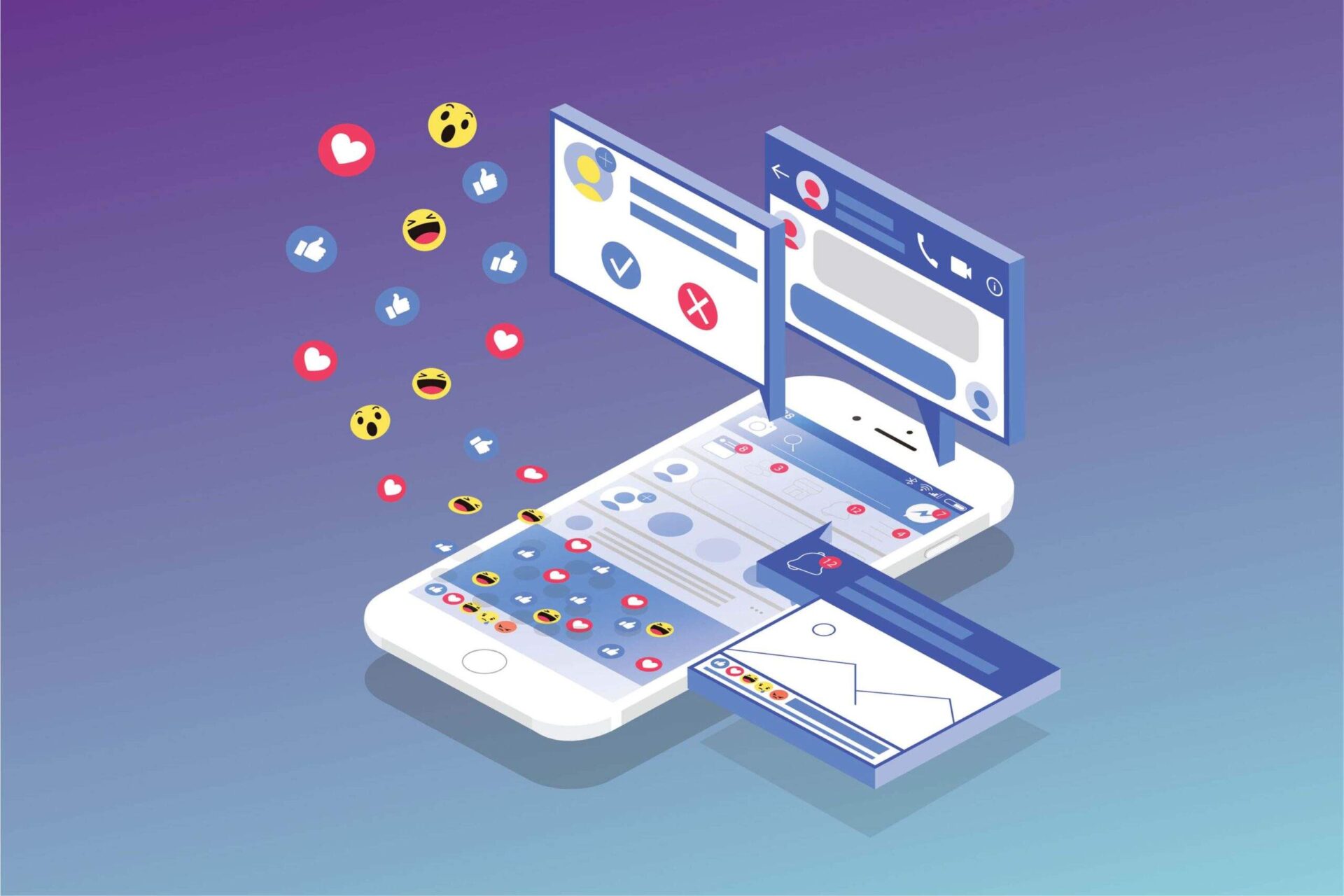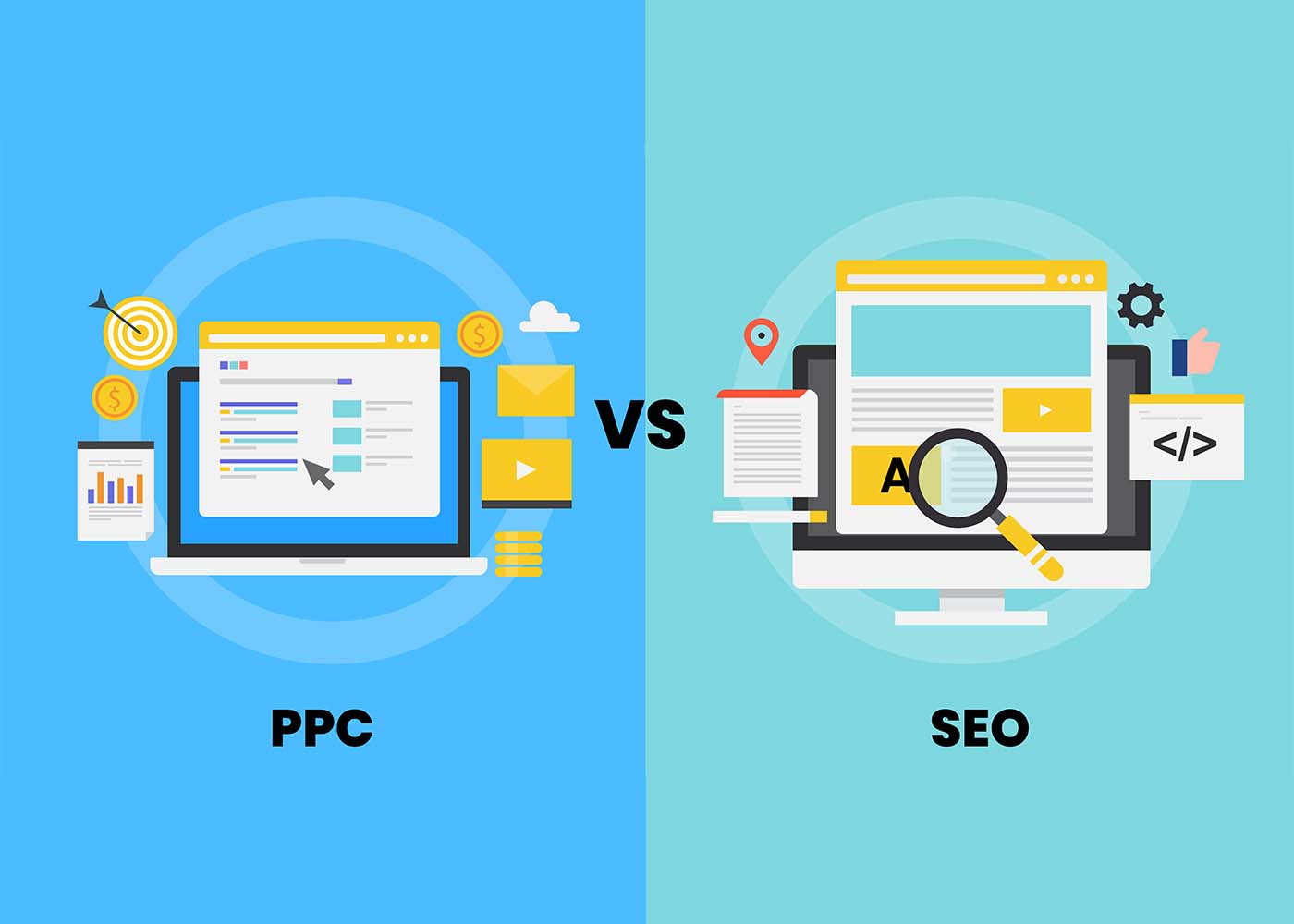When it comes to marketing in the digital age, brands need more than just creative campaigns and strategies. To be successful, you must also have a clear understanding of key performance indicators (KPIs), which measure how your digital marketing efforts are performing. Knowing what metrics to focus on is essential for any business looking to gain maximum returns from their online activities—from achieving higher levels of ROI to better tracking and measuring customer engagement across channels. To help brands uncover these valuable insights, this blog post will explore eight digital KPIs that can effectively monitor your progress toward reaching both short-term and long-term goals.
Analyzing Total Traffic
When it comes to digital marketing, it’s crucial to have a clear understanding of your business goals and how to measure them. One key metric for tracking the effectiveness of your efforts is total traffic. By analyzing total visitors and pageviews on your website, you can gain insight into how your digital marketing strategies are performing. This KPI can tell you if your website is attracting the right audience if your messaging is resonating with them, and if your SEO strategies are effective. With this information, you can make data-driven decisions to optimize your campaigns and reach your business goals. It’s important to regularly track and analyze your website’s total traffic to stay on top of your digital marketing game.
Assessing Traffic Sources
Analyzing your website traffic sources is a crucial component of any successful digital marketing strategy. By understanding the channels that are driving traffic to your website, you can better allocate your marketing budget toward the most effective methods. The detailed analysis allows you to identify opportunities for growth and improvement, as well as the sources that are not producing desired results. Whether it’s organic search, social media, referrals, or paid advertising, a thorough assessment of your traffic sources can provide valuable insights for optimizing your marketing efforts and maximizing your lead generation potential. By taking the time to dive into your traffic data, you can make informed decisions that will help you achieve your business goals in the most efficient and effective way possible.
Measuring Conversion Rate
Measuring the Conversion Rate is an essential step in understanding the performance of your website. By tracking the number of users who complete an action on your site, such as subscribing to a newsletter or purchasing a product, you can gain valuable insights into what is working and what needs improvement. The process of measuring conversion rate goes beyond just collecting data. It requires analyzing and interpreting the data to identify trends and patterns that can inform strategic changes to your website. A detailed approach to measuring conversion rate involves using A/B testing, monitoring user behavior, and optimizing landing pages. With this information, you can make informed decisions that will help you grow your business and improve the user experience for your customers.
Reviewing Return on Investment (ROI)
One of the most important metrics to keep an eye on to measure the success of your campaigns is Return on Investment (ROI). Essentially, ROI is a way to calculate the effectiveness of your marketing campaigns by comparing the amount of money you’ve invested to the amount of revenue you’ve generated. Calculating ROI for each digital channel can give you valuable insights into which platforms are performing better than others. This means you can adjust your campaign strategies to optimize areas that are proving to be successful while cutting back or modifying strategies on channels that aren’t generating the desired results. By carefully monitoring your ROI, you can ensure that you’re making the most out of your investment and driving value for your organization.
Tracking Social Media Engagement
In the fast-paced world of social media, tracking user engagement is key to staying relevant and keeping your audience engaged. By monitoring each post, and analyzing comments, likes, shares, and other metrics, you can gain valuable insights into what content resonates with your audience and tailor your future posts accordingly. It’s not just about the number of likes or shares, but also the quality of engagement. Are users leaving meaningful comments? Are they participating in discussions and sharing their own perspectives? These details are crucial for understanding how your content is resonating with your audience and what you can do to keep them coming back for more. So if you’re looking to improve your digital marketing strategy, taking the time to delve into your user engagement is definitely worth the effort! or you could get the services of a digital marketing agency.
Examining Ad Performance
When it comes to examining the performance of an ad campaign, keeping track of clicks, conversions, and impressions is crucial. Click-Through Rate (CTR) measures the ratio of clicks to the total number of impressions and is an essential measure of an ad’s attractiveness to its audience. The Conversion rate tells you how many people have completed the desired action after seeing the ad, and CPA (Cost per Action) helps determine how much you are spending for an ad per successful conversion. Analyzing these metrics will give you a better understanding of your ad’s performance and help you optimize your campaigns to improve returns and overall success. Therefore, always keep an eye on your ad’s CTR, CPA, and Conversion rate to ensure that you are getting the most out of your advertising budget.
Assessing Email Marketing Campaigns
Assessing the performance of an email marketing campaign can be a daunting task, especially when it comes to analyzing the email open rates and click rates. However, delving into these statistics is crucial for the success of any email marketing campaign. Open rates are the percentage of recipients who opened the email, while click rates are the percentage of recipients who clicked on a link within the email. By analyzing these rates, email marketers can gain valuable insights into their campaign’s effectiveness and identify areas for improvement. Digging deeper into these metrics can provide detailed insights into consumer behavior and help marketers optimize their email content for maximum impact. Therefore, if you want to take your email marketing game to the next level, analyzing your email open rates and click rates should be a top priority.
Studying the Customer Lifetime Value (CLV)
As businesses strive to achieve their goals, understanding the value of their customers is crucial. One key metric to focus on is the Customer Lifetime Value (CLV). Simply put this metric projects the total amount of revenue a customer is likely to generate for the company over their lifetime. By studying CLV, companies can determine the best marketing strategies to attract and retain high-value customers. As digital marketing increasingly becomes a core aspect of business, tracking digital KPIs is essential to monitor the effectiveness of marketing efforts. By understanding digital KPIs, companies can adjust their strategies to ensure optimal performance. Among the 8 Digital Marketing KPIs listed, studying Customer Lifetime Value should be a top priority for businesses looking to achieve their goals.
Conclusion
In summary, analyzing total traffic is key to understanding which digital channels are driving visitors to your website. By measuring conversion rate, ROI, and social media engagement, you can optimize online campaigns and understand the customer lifetime value of your business. Additionally, tracking ad performance and analyzing email open rates will tell you whether your email marketing efforts are successful or not. Understanding where your site traffic comes from and how it responds to your campaigns will enable you to effectively engage with customers and reach more potential leads in the future.





























